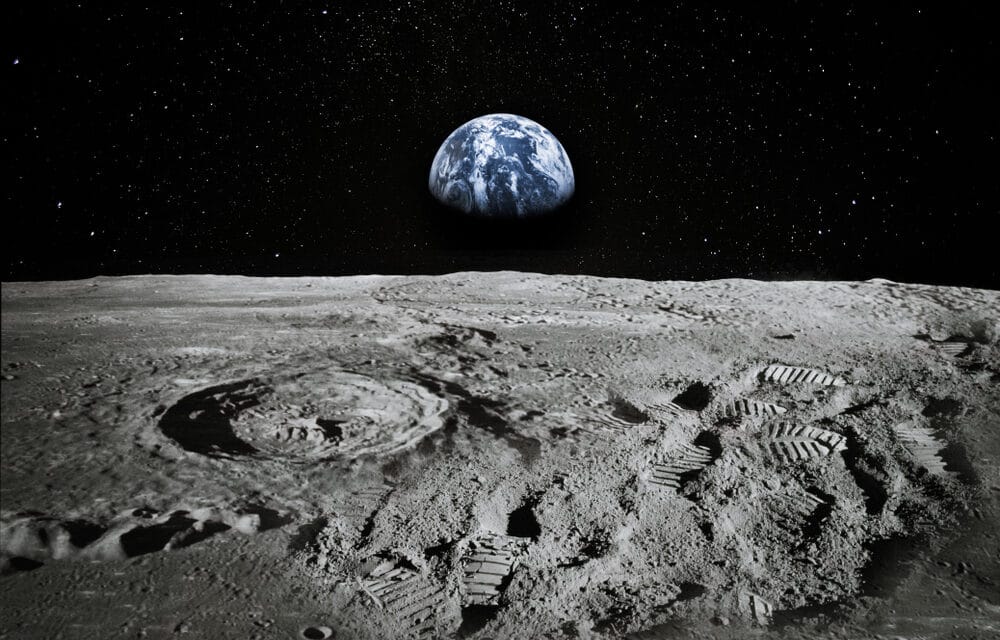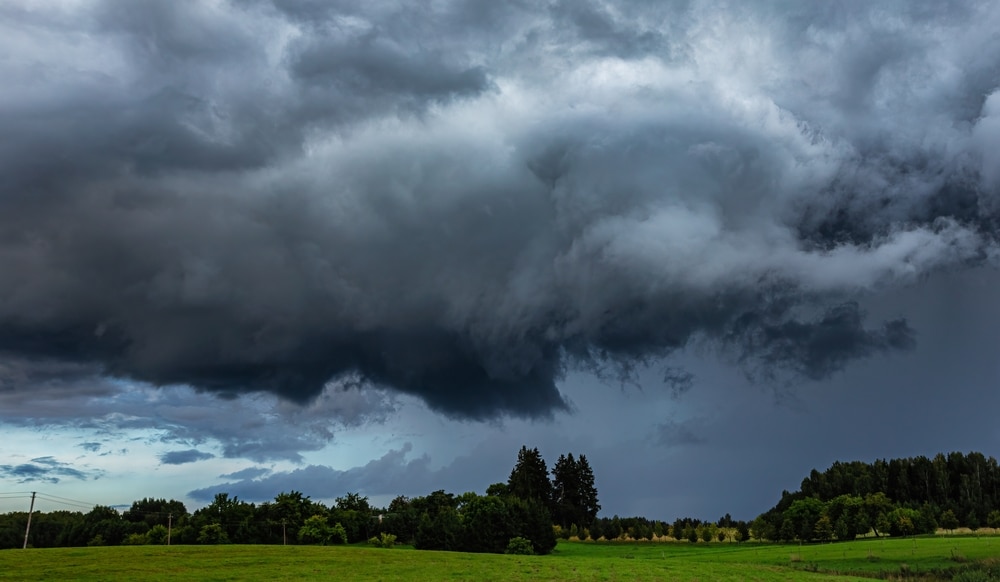A SpaceX rocket that has been stranded in Earth’s orbit for seven years is on a collision course with the Earth’s moon. The crewless Falcon 9 rocket, launched by Elon Musk’s space exploration company in 2015, was part of an interplanetary mission to send a space weather satellite a million miles into the final frontier.
After breaking through the Earth’s atmosphere and launching the weather satellite toward its destination, the rocket’s second stage propulsion boosters malfunctioned, stranding it in orbit with not enough power either to advance or to return to Earth. Bill Gray, a data analyst who tracks objects in space near Earth, observed that the stranded rocket will finally break free of its interplanetary purgatory, expecting it to crash into the moon in early March.
At this stage it was high enough that it did not have enough fuel to return to Earth’s atmosphere but also “lacked the energy to escape the gravity of the Earth-Moon system”, meteorologist Eric Berger explained in a recent post on Ars Technica.
“So it has been following a somewhat chaotic orbit since February 2015,” Berger added. Space observers believe the rocket – about four metric tonnes of “space junk” – is on course to intersect with the moon at a velocity of about 2.58km/s in a matter of weeks. Bill Gray,
who writes software to track near-Earth objects, asteroids, minor planets, and comets, has said the Falcon 9’s upper stage will very likely hit the far side of the moon, near the equator, on 4 March. The data analyst said in a recent blog post that the object “made a close lunar flyby on January 5” but will make “a certain impact at March 4”. “This is the first unintentional case [of space junk hitting the moon] of which I am aware,” Gray added.

















